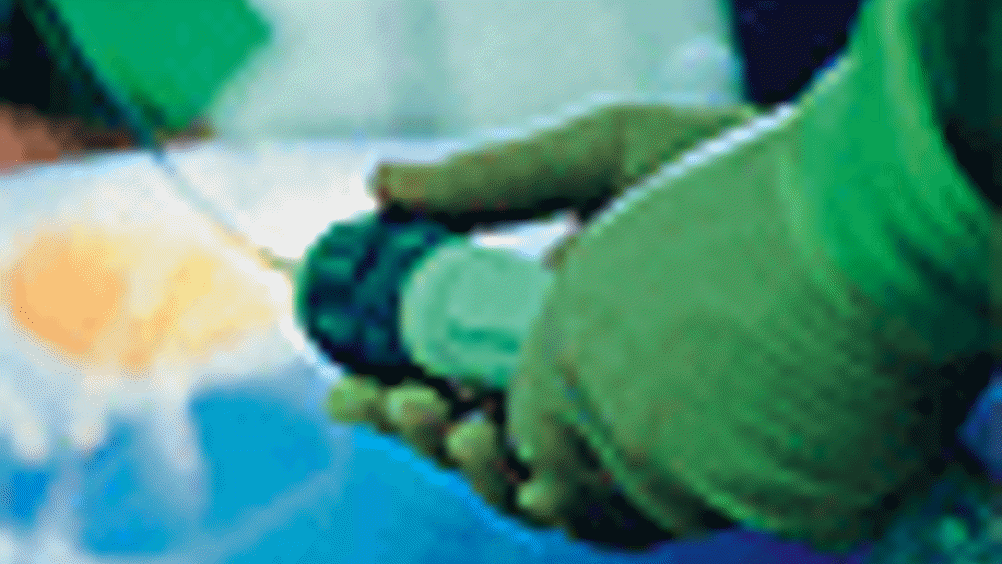Sound of accuracy
Submarine stealth technology has been adapted for safer physiotherapy ultrasound

Scientists at the
(NPL) have developed an acoustic absorber that they claim helps to ensure ultrasound machines used in physiotherapy are emitting an accurate level of power.
The polyurethane rubber absorber uses technology derived from that used to line submarines to make them invisible to radar. The flat shape of the device has been designed to 'catch' all the ultrasound beams that spread out from the machine's applicator and give a more accurate reading of the power output compared with existing conical-shaped calibration devices.
'If you imagine the ultrasound device is at the top pushing the sound out, the beams coming down, the equipment in widespread use for calibration is a conical target which intercepts the ultrasound beam,' said Mark Hodnett, NPL research scientist.
'If the sound is spraying out in a number of directions, like a poorly fitted shower head, and doesn't hit the cone at the right angle, then you're going to have problems measuring the power because the device is designed to assume that the sound is going to hit it at a certain angle of incidence. So if the sound comes out sideways, you're going to measure less than it should be.
Register now to continue reading
Thanks for visiting The Engineer. You’ve now reached your monthly limit of news stories. Register for free to unlock unlimited access to all of our news coverage, as well as premium content including opinion, in-depth features and special reports.
Benefits of registering
-
In-depth insights and coverage of key emerging trends
-
Unrestricted access to special reports throughout the year
-
Daily technology news delivered straight to your inbox










Water Sector Talent Exodus Could Cripple The Sector
Maybe if things are essential for the running of a country and we want to pay a fair price we should be running these utilities on a not for profit...